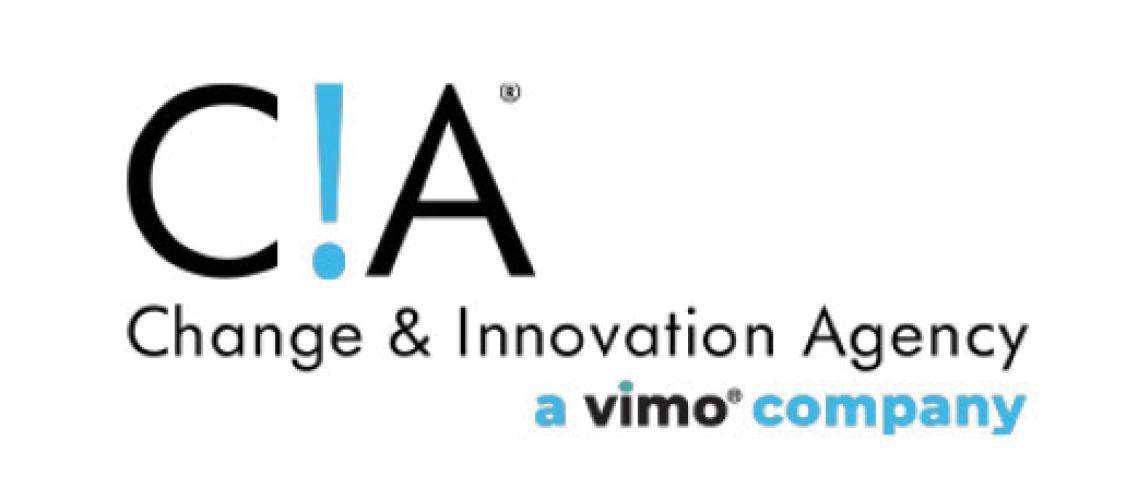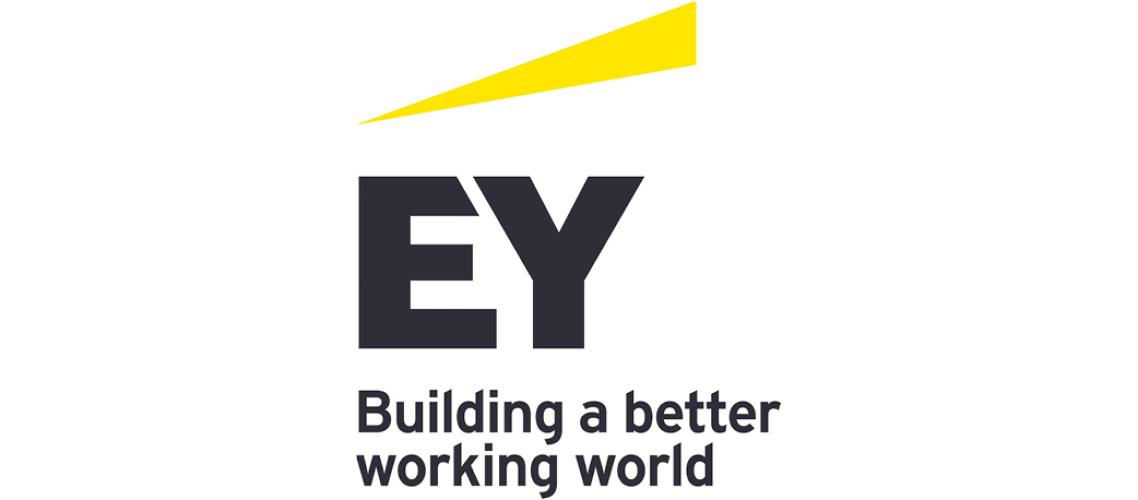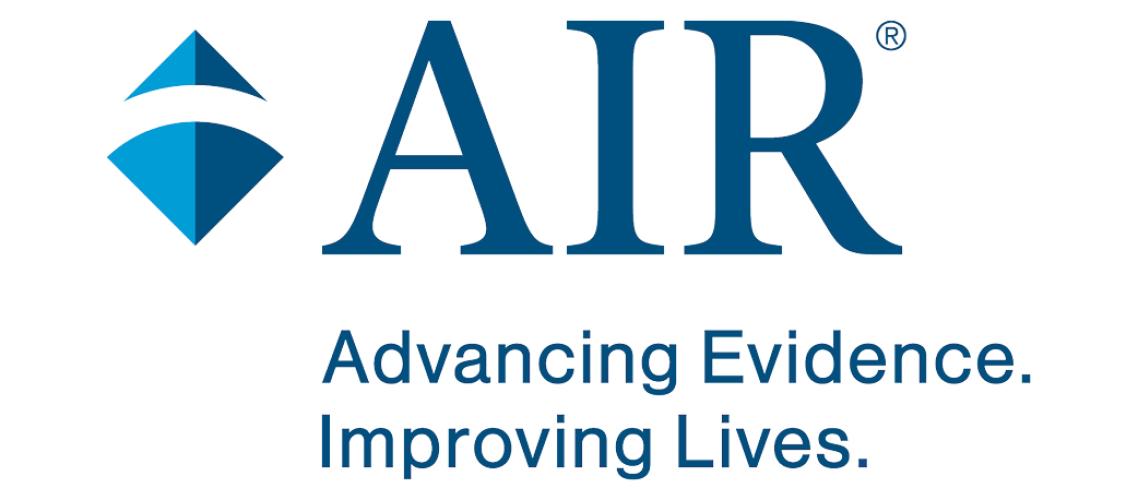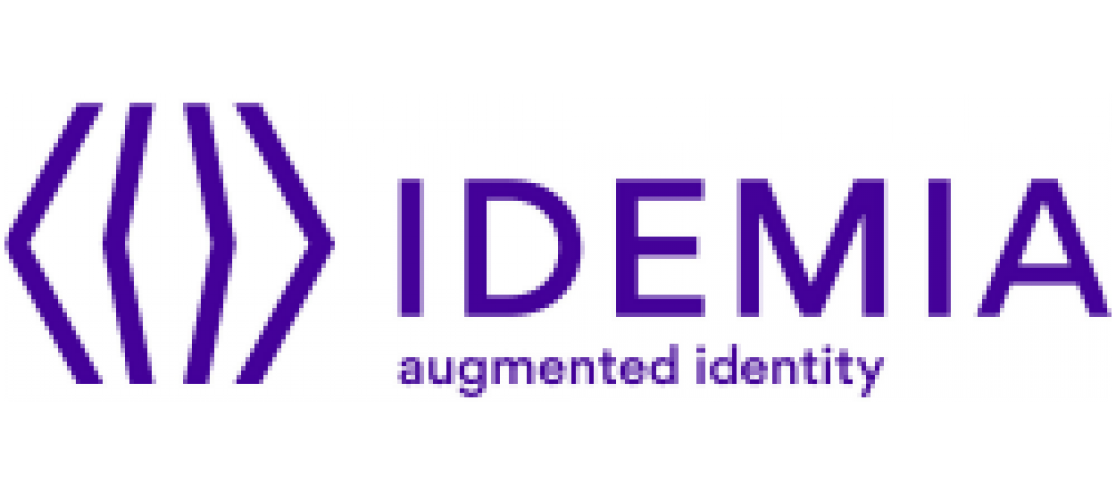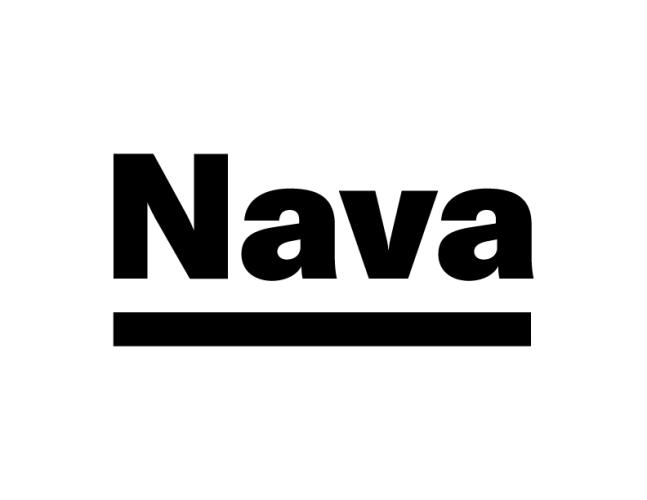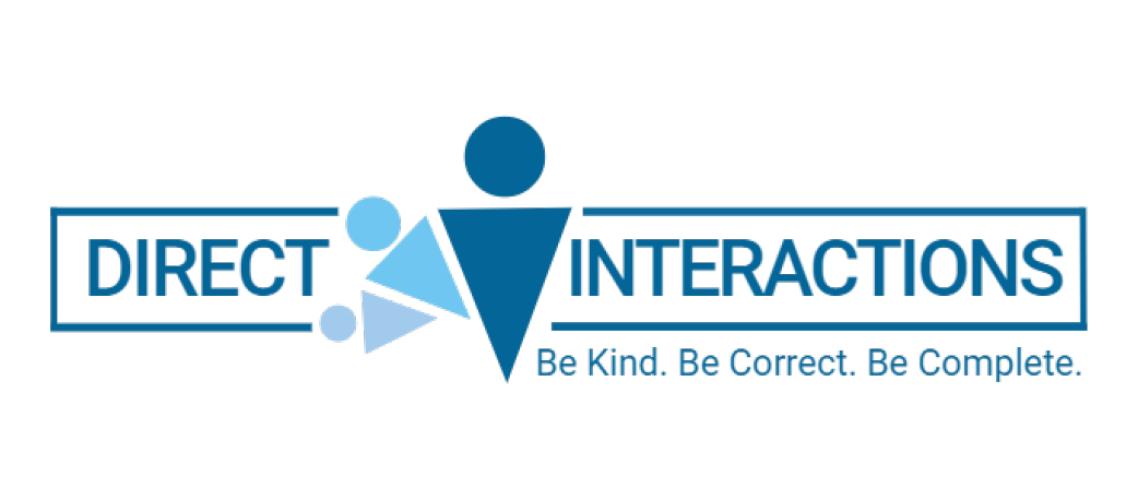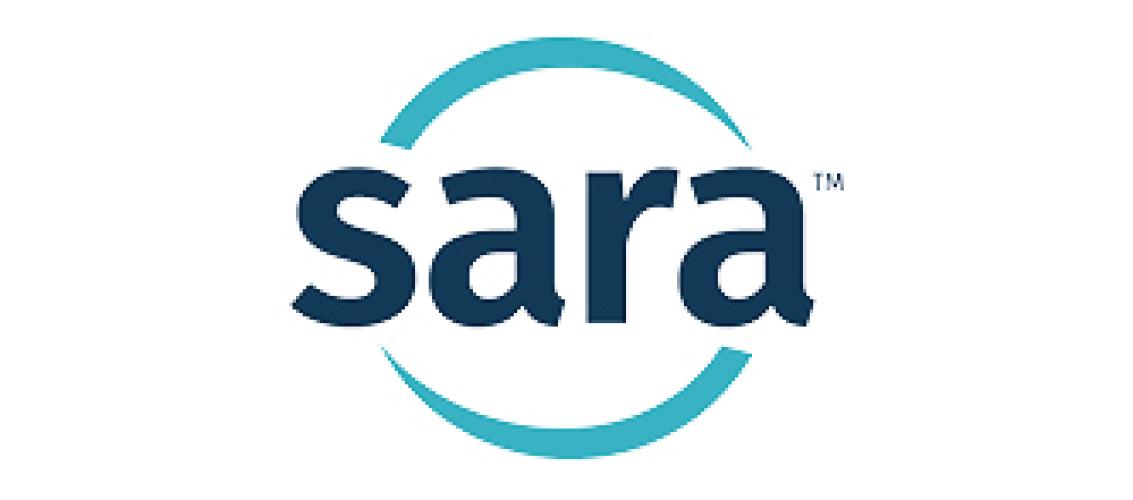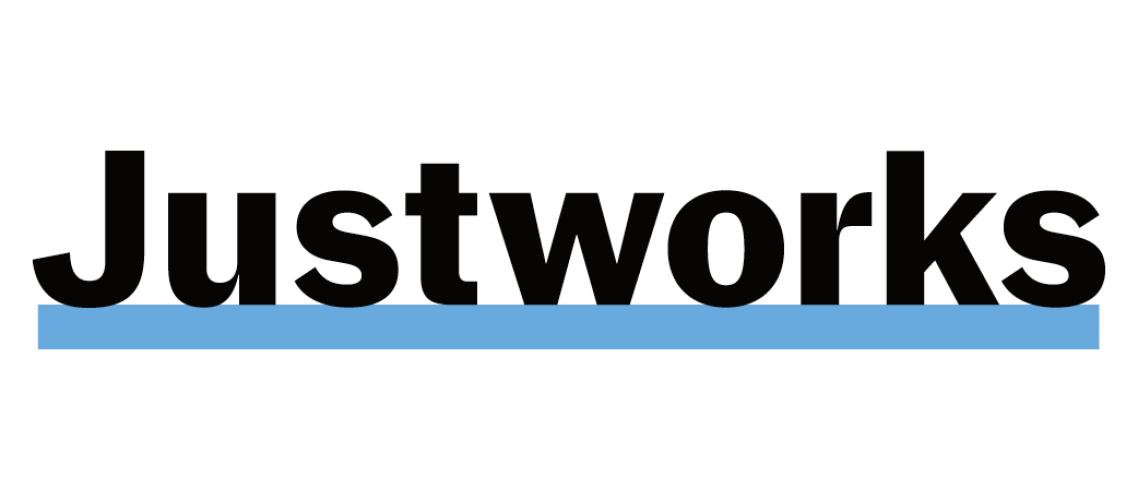Letter to Congress voicing concerns to USDOL's proposal for Wagner-Peyser Act Staffing Requirements
The Honorable Richard Neal
Chairman, Ways and Means Committee
U.S. House of Representatives
1102 Longworth House Office Building
Washington, DC 20515
The Honorable Kevin Brady
Ranking Member, Ways and Means Committee
U.S. House of Representatives
1102 Longworth House Office Building
Washington, DC 20515
The Honorable Robert “Bobby” Scott
Chair, Education and Labor Committee
U.S. House of Representatives
2176 Rayburn House Office Building
Washington, DC 20515
The Honorable Virginia Foxx
Ranking Member, Education and Labor Committee
U.S. House of Representatives
2176 Rayburn House Office Building
Washington, DC 20515
The Honorable Ron Wyden
Chair, Finance Committee
219 Dirksen Senate Office Building
Washington, DC 20510
The Honorable Mike Crapo
Ranking Member, Finance Committee
219 Dirksen Senate Office Building
Washington, DC 20510
The Honorable Patty Murray
Chair, Health, Education, Labor, and Pensions Committee
428 Dirksen Senate Office Building
Washington, DC 20510
The Honorable Richard Burr
Ranking Member, Health, Education, Labor, and Pensions Committee
428 Dirksen Senate Office Building
Washington, DC 20510
Dear Chairs and Ranking Members,
We write to express our deep concern about the recent Department of Labor Notice of Proposed Rulemaking (NPRM)1, entitled “Wagner-Peyser Act Staffing”, which, if finalized, would require all states to use state merit staff to provide Wagner-Peyser Employment Services (ES) and to cross-train state merit staff employment service employees to provide unemployment insurance claims adjudication and processing in times of crises. This is a one-size-fits-all proposal that is intended to fill a need that does not exist and goes against a key principle of the public workforce system – enhanced state and local flexibility – all while creating an unfunded federal mandate.
According to the Bureau of Labor Statistics, workers experienced unprecedented levels of unemployment, peaking at about 15 percent in April 2020, while initial claims remained elevated for nearly two years. Unlike the economic downturn of 2008 – 2009, state workforce agencies (SWAs) had to deal with extraordinary circumstances caused by the pandemic. Through the public workforce system, SWAs provided millions of job seekers, workers, and employers access to critical services. They implemented three new unemployment programs that extended, expanded, or increased UI benefits, including workers not typically eligible to access benefits. In doing so, SWAs experienced significant challenges to effectively provide these UI benefits due to the large amount of federal program funds made available (about $716 billion in benefits) and the unprecedented number of unemployment claims, which unfortunately included an increase in fraudulent activity committed by bad actors. At the same time, ES merit staff, who are integral partners in workforce service delivery, referred and placed individuals seeking employment with employers actively seeking workers during the pandemic, offering valuable information, counseling, and support to workers laid off, furloughed, or forced to work reduced hours.
The Workforce Innovation and Opportunity Act (WIOA) requires UI assistance to be provided as a front door mandatory career service. As a result many local areas assisted the SWAs and unemployment compensation (UC) workers during the pandemic as provided for through WIOA, taking over some of the tasks which were tremendously time consuming for the UC system in order to help out. This included providing paper applications because state portals were jammed and assuring the applications were forwarded correctly, helping to reset pins, setting aside a dedicated area in One-Stops with phones that connected directly to the state, providing a space to receive frustrated applicants, keeping everything calm on site, and hiring retired UC staff familiar with the rules to assist the state. The NPRM, the way it is written, would effectively tie everyone’s hands, prohibit this collaboration, and inadvertently amend WIOA.
SWA’s efforts to provide unemployment benefits during this crisis improved workers’ and families’ well-being, reduced financial hardships, and increased consumer spending that supported state and local economies and businesses. This effort required SWAs to utilize an arsenal of technology, processes, and staffing models (including retired state employees and contract staff to supplement existing UI staff) tailored to the unique circumstances and needs of each individual state.
The NPRM would end DOL’s more than two decades-long agreement with Colorado, Massachusetts, and Michigan to provide ES services using local merit staff or modified merit staffing models. With the additional flexibility authorized by the DOL in 2020, Delaware started using non-state, merit staff to provide ES services, and Missouri’s request to modify its state workforce plan to use non-state merit staff was approved. These states should be permitted to keep their staffing models if they so choose.
By mandating the use of state ES merit staffing, the NPRM significantly reduces the types of technology and other tools available to states in times of surging demands due to man-made or natural disasters (including pandemics) for providing information about, and access to, unemployment benefits. Such reduction is counterproductive when states are tasked to scale up UI claims processing and adjudication to meet surging demands. The NPRM also creates an unfunded federal mandate forcing states to make long-term investments in traditional state staff when the demands for service may be short-term or temporary and more cost-efficient utilizing alternative flexible arrangements where states continue to assure high standards of performance quality and financial accountability.
We value the federal and state public workforce partnership created by Congress where DOL articulates program and performance goals, and broad working parameters and states manage their operations in ways that best respond to the diverse needs of workers and employers and their communities. We would like to work with you to codify the flexibility underpinning the public workforce system that allows states and locals to choose the staffing models that can best meet their goals for quality service to workers and employers and urge you to prevent implementation of this overly broad and needlessly damaging proposed rule.
Sincerely,
The Council of State Governments
International City/County Management Association
National Association of Counties
National Association of State Workforce Agencies
National Association of Workforce Boards
National Conference of State Legislatures
The United States Conference of Mayors
1 Docket Number ETA-2—2-0003, RIN 1205-AC02
